Pallid Swift
Posted: Wed Mar 12, 2014 9:46 am
414. Pallid Swift Apus pallidus (Bruinwindswael)
Order: Apodiformes. Family: Apodidae
Description
16-17 cm. A pale brown swift with scaled underparts. Basically a brown bird with a greyish forehead and dark eye patch. Large white throat patch. Head and neck broad. Tail is short and forked. Long swept back wings. Outer primaries darker contrasting with inner primaries. From above, hindneck and rump are paler than mantle giving a saddle effect. From below, pale inner underwing contrasts with a darker wing tip.
Similar species: Very difficult to tell from African Black, Common and Bradfield's Swifts unless they are seen together. It differs from African Black Swift and Common Swift in being paler, with a more extensive white throat and paler forehead. Pallid Swift has less distinctive scaled underparts than Bradfields Swift.
Distribution
Breeds in the Mediterranean basin and the Middle East, heading south in the non-breeding season to the Sahel, from Gambia to Sudan. It is a rare vagrant to southern Africa, recorded once in Kuruman, Northern Cape on the 12th of February 1904.
Habitat
Aerial, spending most of their lives on the wing. It can occur in almost any mountainous or coastal habitat.
Diet
Flying insects.
Breeding
Pallid Swifts breed on cliffs and eaves around the Mediterranean and on the Canary Islands and Madeira, laying two eggs. The eggs are incubated for an average of 20 days.
Call
Disyllabic shree-er scream. Listen to Bird Call.
Status
Extremely rare vagrant to the sub-region.
Order: Apodiformes. Family: Apodidae
Description
16-17 cm. A pale brown swift with scaled underparts. Basically a brown bird with a greyish forehead and dark eye patch. Large white throat patch. Head and neck broad. Tail is short and forked. Long swept back wings. Outer primaries darker contrasting with inner primaries. From above, hindneck and rump are paler than mantle giving a saddle effect. From below, pale inner underwing contrasts with a darker wing tip.
Similar species: Very difficult to tell from African Black, Common and Bradfield's Swifts unless they are seen together. It differs from African Black Swift and Common Swift in being paler, with a more extensive white throat and paler forehead. Pallid Swift has less distinctive scaled underparts than Bradfields Swift.
Distribution
Breeds in the Mediterranean basin and the Middle East, heading south in the non-breeding season to the Sahel, from Gambia to Sudan. It is a rare vagrant to southern Africa, recorded once in Kuruman, Northern Cape on the 12th of February 1904.
Habitat
Aerial, spending most of their lives on the wing. It can occur in almost any mountainous or coastal habitat.
Diet
Flying insects.
Breeding
Pallid Swifts breed on cliffs and eaves around the Mediterranean and on the Canary Islands and Madeira, laying two eggs. The eggs are incubated for an average of 20 days.
Call
Disyllabic shree-er scream. Listen to Bird Call.
Status
Extremely rare vagrant to the sub-region.
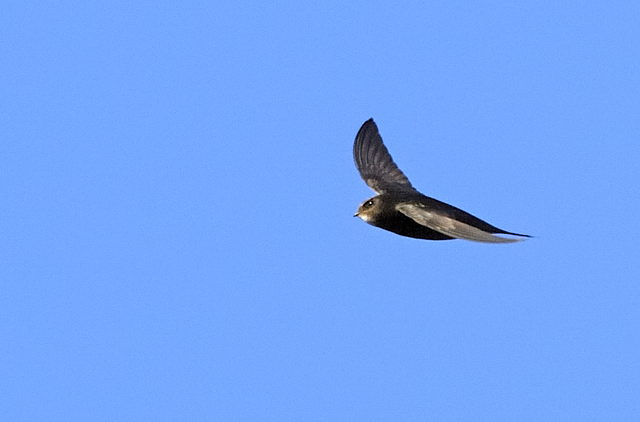
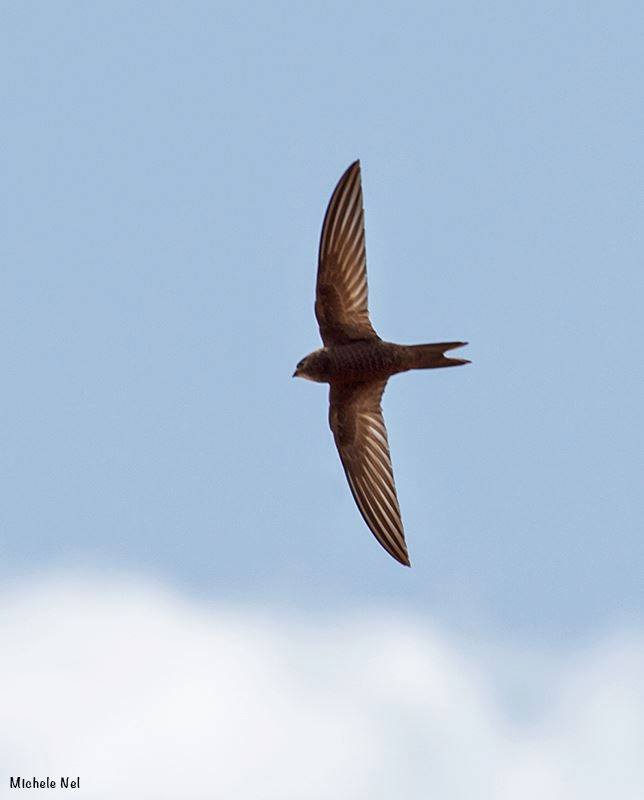 © Michele Nel
© Michele Nel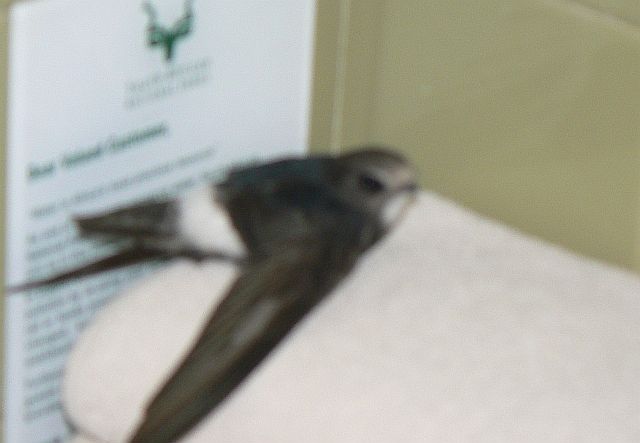 © Toko
© Toko © leachy
© leachy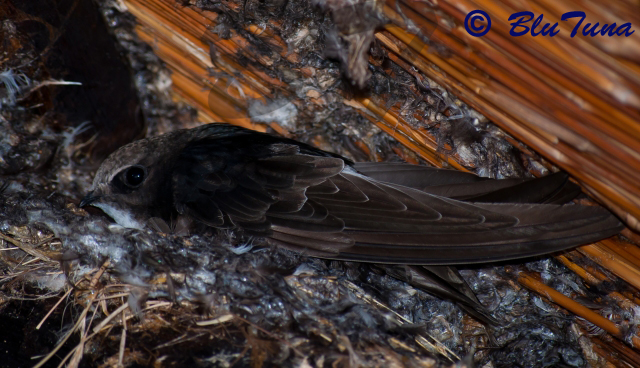 © BluTuna
© BluTuna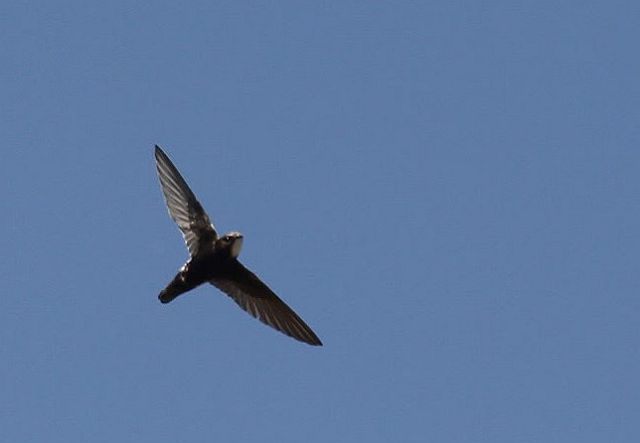 © leachy
© leachy © leachy
© leachy © Flutterby
© Flutterby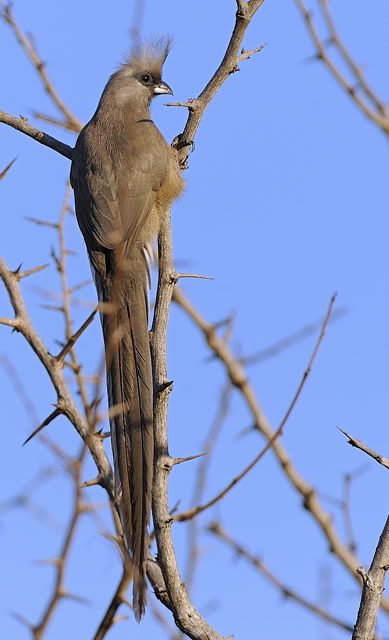 © Dewi
© Dewi © PJL
© PJL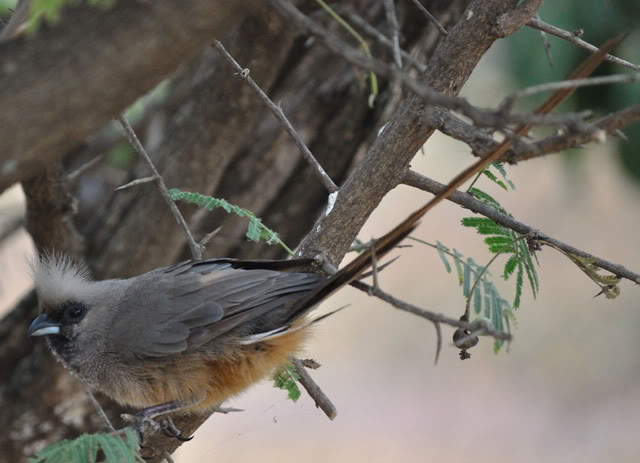 © BluTuna
© BluTuna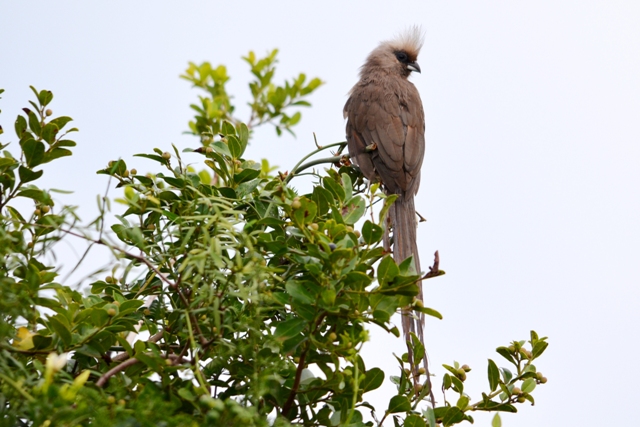 © Mel
© Mel © Pumbaa
© Pumbaa 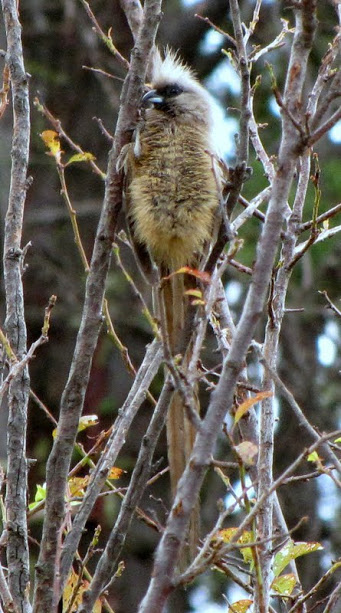 © Lisbeth
© Lisbeth